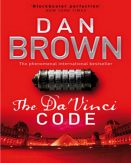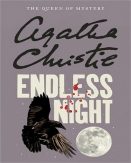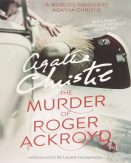You must be logged in to post a review.
Great Expectations
by Charles Dickens

Description:
Little orphan Pip scarcely imagines how a terrifying encounter with a convict on the lonely marshes will later transform his life. Pip is more troubled by his visits to strange old Miss Havisham her decaying wedding dress and the house full of memories and the beautiful girl Estella who makes him ashamed of his country manners and coarse hands. A blacksmith’s apprentice could never hope to win Estella, but then, young Pip’s future might not turn out quite as expected. Includes exclusive material, in ‘The Backstory’ you can learn about Victorian convicts and the alternative ending to Great Expectations. Vintage Children’s Classics is a twenty-first century classics list aimed at 8-12 year olds and the adults in their lives. Discover timeless favorites from The Jungle Book and Alice’s Adventures in Wonderland to modern classics such as The Boy in the Striped Pyjamas and The Curious Incident of the Dog in the Night-Time.
About The Author
Dickens’s literary success began with the 1836 serial publication of The Pickwick Papers. Within a few years he had become an international literary celebrity, famous for his humour, satire, and keen observation of character and society. His novels, most published in monthly or weekly instalments, pioneered the serial publication of narrative fiction, which became the dominant Victorian mode for novel publication.Cliffhanger endings in his serial publications kept readers in suspense.] The instalment format allowed Dickens to evaluate his audience’s reaction, and he often modified his plot and character development based on such feedback. For example, when his wife’s chiropodist expressed distress at the way Miss Mowcher in David Copperfield seemed to reflect her disabilities, Dickens improved the character with positive features. His plots were carefully constructed, and he often wove elements from topical events into his narratives. Masses of the illiterate poor chipped in ha’pennies to have each new monthly episode read to them, opening up and inspiring a new class of readers.[9]Dickens was regarded as the literary colossus of his age. His 1843 novella, A Christmas Carol, remains popular and continues to inspire adaptations in every artistic genre. Oliver Twist and Great Expectations are also frequently adapted, and, like many of his novels, evoke images of early Victorian London. His 1859 novel, A Tale of Two Cities, set in London and Paris, is his best-known work of historical fiction. Dickens has been praised by fellow writersfrom Leo Tolstoy to George Orwell, G. K. Chesterton and Tom Wolfe for his realism, comedy, prose style, unique characterisations, and social criticism. On the other hand, Oscar Wilde, Henry James, and Virginia Woolf complained of a lack of psychological depth, loose writing, and a vein of saccharine sentimentalism. The term Dickensian is used to describe something that is reminiscent of Dickens and his writings, such as poor social conditions or comically repulsive characters.[11]








Reviews
There are no reviews yet.